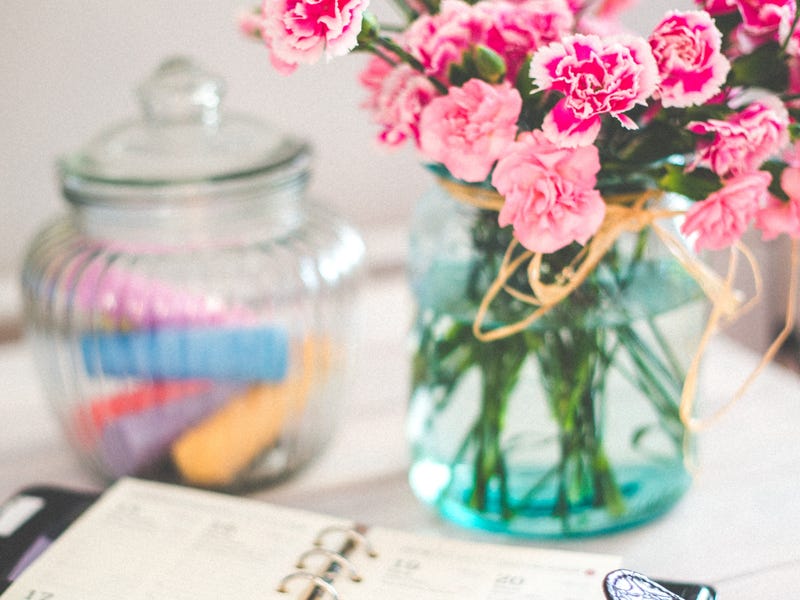Why should you learn the colors in French?
Learning colors in French offers numerous advantages - both for beginners and advanced learners who want to improve their language skills. Here are three reasons why it's worthwhile:
1. Colors as the foundation of language
Colors are among the essential words of a language. They are used in many everyday situations - whether to describe clothing, objects or impressions. Those who master colors can express themselves directly, precisely and comprehensibly.
2. Colors provide insight into culture
Colors have their own symbolism in every culture. In French, for example, there are numerous idioms and expressions associated with colors, such as “voir la vie en rose” (“to see things through rose-colored glasses”) or “être vert de rage” (“to be green with rage”). The phrases are a window into the French mentality and way of thinking.
3. Colors make everyday communication easier
Whether shopping, fashion, cooking or traveling - knowing the colors helps in many practical situations. In France, we encounter colors everywhere: at markets full of fresh fruit or in the elegant boutiques of Paris.













